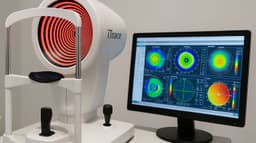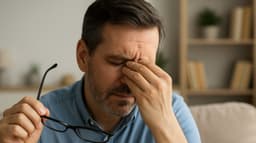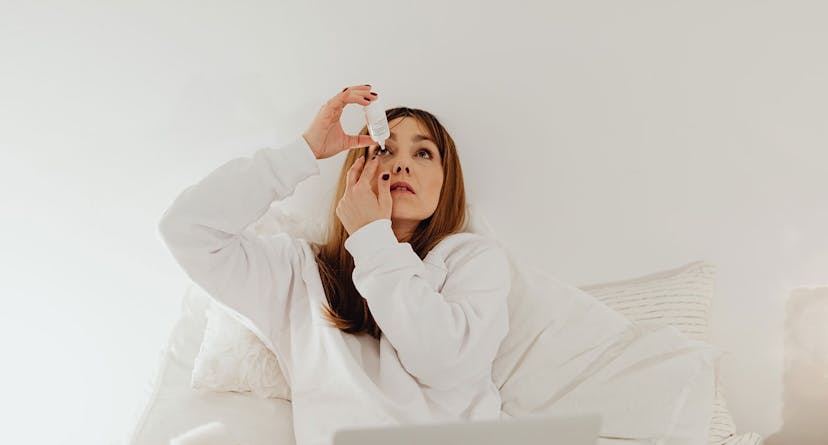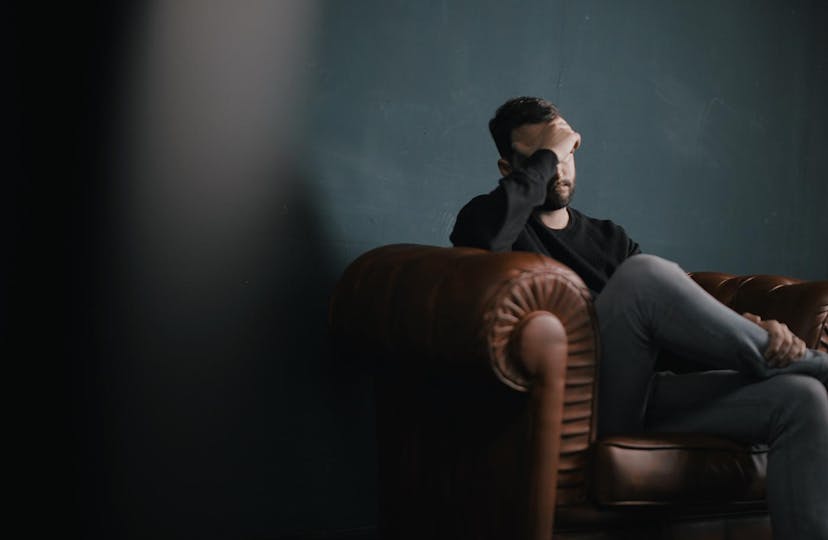
What Causes Styes and How to Treat Them
Eye discomfort can take various forms, and one common ailment that many individuals encounter is a stye. These painful and often unsightly lumps can develop on the eyelid, causing discomfort and concern. In this article, we'll delve into the world of styes, exploring statistics, signs, treatment options, and the essential information to help you manage this common eye condition effectively.
Stye Statistics In The UK
Styes, also known as hordeolums, are prevalent eye issues, with millions of cases reported each year globally. According to eye health surveys, approximately 1 in 5 people will experience a stye at some point in their lives. While these statistics highlight the frequency of occurrence, it's essential to understand the characteristics and take appropriate steps for prompt identification and treatment.
| Age Group | Likelihood of Getting Styes | Main Causes |
|---|---|---|
| Children (0-12) | Occasional | Commonly related to poor hand hygiene, rubbing eyes, or sharing personal items. |
| Teens and Adults (13-50) | Moderate | Factors may include stress, hormonal changes, and use of eye makeup or contact lenses. |
| Seniors (51+) | Decreases but still possible | Related to age-related changes, weakened immune system, or underlying health conditions. |
How To Know If You Have One
Identifying a stye involves recognising the distinctive symptoms. Styes typically present as red, swollen bumps on the eyelid, resembling a pimple or boil. They can be painful and tender to the touch, causing discomfort, especially when blinking. Some individuals may also experience excessive tearing and a sensation of having something in their eye. It's crucial to differentiate styes from other eye conditions, and if you suspect you have a stye, consulting with an eye care professional is advisable for accurate diagnosis and guidance.

How To Treat Them
Styes are usually manageable at home with basic care. One of the most effective treatments is applying warm compresses to the affected eyelid for 10-15 minutes, several times a day. The warmth helps reduce pain and encourages the stye to drain naturally. It’s important not to squeeze or pop the stye, as this can lead to infections or worsen the condition.
Over-the-counter pain relievers, such as ibuprofen or acetaminophen, can also help manage discomfort. Additionally, maintaining good eyelid hygiene is key—gently cleaning the eyelid with mild soap or using a specialised eyelid wipe can prevent further irritation.
In cases where the stye does not improve or becomes severe, an eye care professional may prescribe antibiotic ointments to fight infection or recommend drainage procedures. For recurring or persistent styes, a healthcare provider may suggest other interventions like steroid injections or minor surgical procedures to remove the stye and prevent it from returning.
If you experience frequent styes or have concerns about your eye health, it's essential to consult an eye care professional for personalised advice and treatment.
How Long Do They Last
The duration of a stye can vary, but with proper care, most styes begin to improve within a few days and may fully resolve within one to two weeks. If a stye persists, grows larger, or causes persistent discomfort, seeking professional medical advice is essential to rule out any complications.
Prevention And Additional Tips
Preventing styes involves maintaining good eyelid hygiene and avoiding practices that increase the risk of infection. Below are some helpful tips:
- Practice Good Eyelid Hygiene: Regularly clean your eyelids with a mild, non-irritating solution or baby shampoo to remove excess oil and debris.
- Avoid Touching Your Eyes: Refrain from rubbing or touching your eyes with dirty hands to prevent transferring bacteria.
- Remove Eye Makeup Before Bed: Always remove all makeup, including mascara and eyeliner, before going to sleep to avoid clogging the eyelid glands.
- Don’t Share Personal Items: Avoid sharing towels, makeup, or eye care products to reduce the risk of cross-contamination.
- Keep Your Eyes Moisturised: Use artificial tears if your eyes are dry to reduce irritation, as dry eyes can make you more prone to styes.
- Use Separate Towels: To prevent the spread of bacteria, use a clean towel specifically for your face and eyes.
For individuals who are prone to developing styes, your eye care professional may recommend regular eyelid cleansing with specialised wipes or solutions designed for sensitive eyes.
Styes can be common and uncomfortable, but with proper prevention and timely treatment, they can be managed effectively. If you suspect you have a stye or have concerns about your eye health, it’s best to consult with an eye care professional for personalised guidance and treatment options.
Most Popular FAQ's
What is a stye? A stye is a small, painful bump that forms on the eyelid, often caused by a bacterial infection of the oil glands.
What causes a stye? Styes are typically caused by bacterial infections from touching the eyes with dirty hands or using contaminated makeup.
How can I treat a stye at home? Use warm compresses, over-the-counter pain relievers, and maintain good eyelid hygiene to manage a stye at home.
Can I pop a stye? No, squeezing or popping a stye can worsen the infection and lead to complications.
When should I see a doctor for a stye? If the stye doesn’t improve after a few days, if it worsens, or if you experience vision changes, seek medical attention.
Can a stye affect my vision? In rare cases, a stye can cause temporary vision changes if it becomes large enough to press on the cornea.
How do I prevent styes from occurring? Practice good eyelid hygiene, avoid touching your eyes, and remove makeup before sleeping to prevent styes.
Are styes contagious? While the bacteria causing styes can spread through direct contact, styes themselves are not highly contagious.
Can a stye come back? Yes, some people may experience recurring styes, especially if they have oily skin or poor eyelid hygiene.
Can a stye lead to other eye problems? If left untreated or squeezed, a stye can lead to more serious complications such as an abscess or cellulitis.
Private Care Solutions
Discover specialised care for styes at My-iClinic, where your eye health is our priority. If you suspect you may have a stye or are experiencing discomfort around your eyelid, our expert team is ready to provide personalised assessments and effective treatment solutions. Schedule a consultation with My-iClinic today to benefit from our comprehensive approach to stye management. Our dedicated specialists will guide you through the process, offering relief and ensuring your eyes are in optimal health. Take the first step towards a stye-free and comfortable future – trust My-iClinic for expert care and lasting solutions.
Find out more by Speaking to our team









